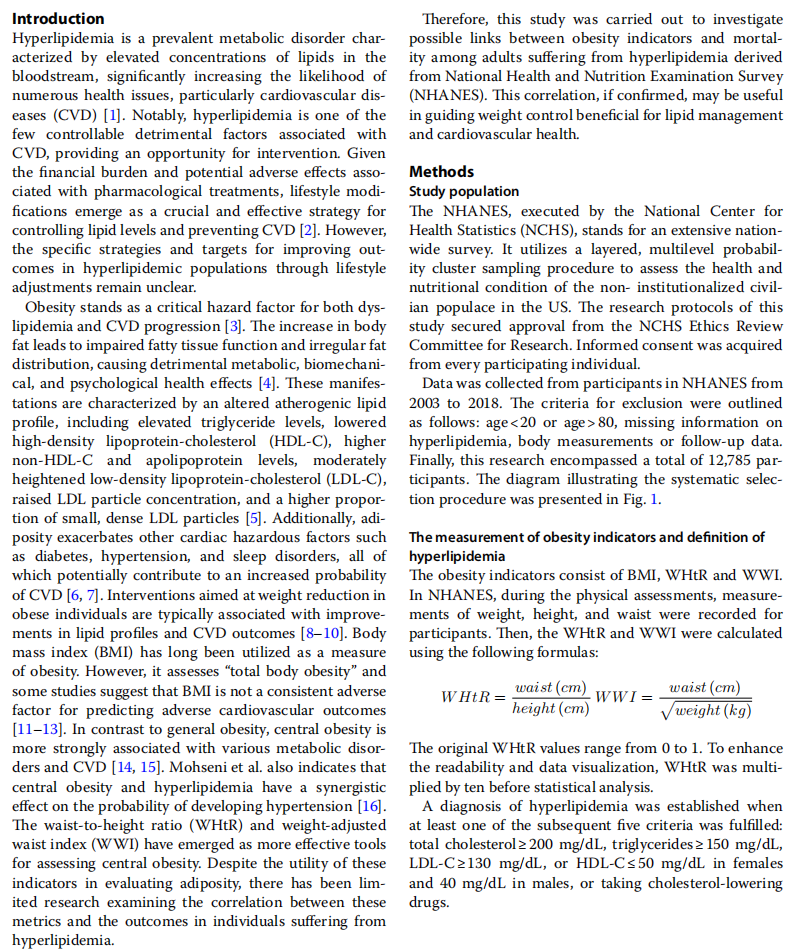
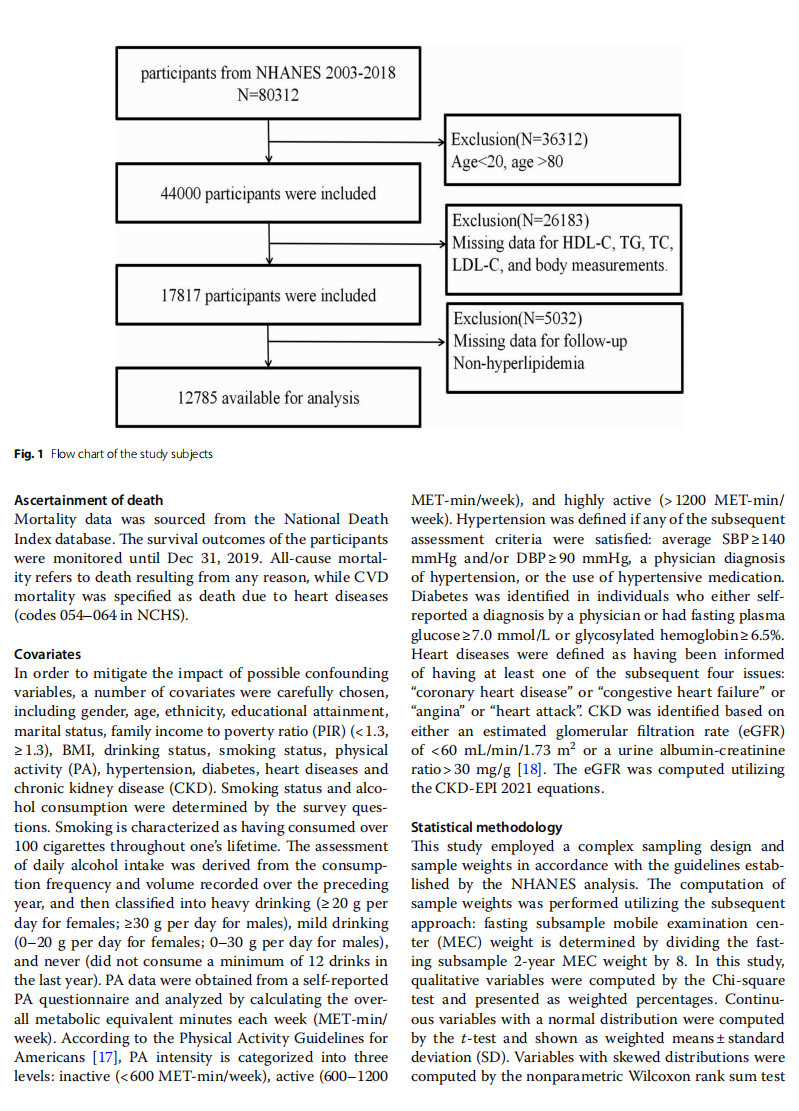
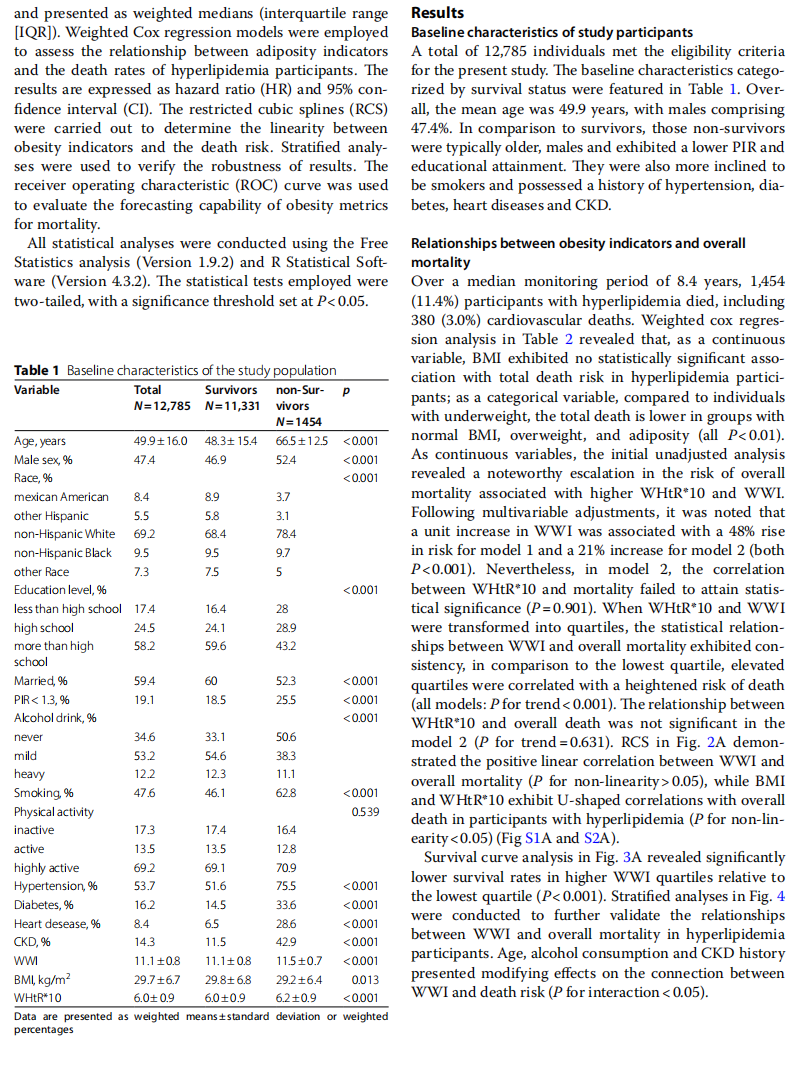

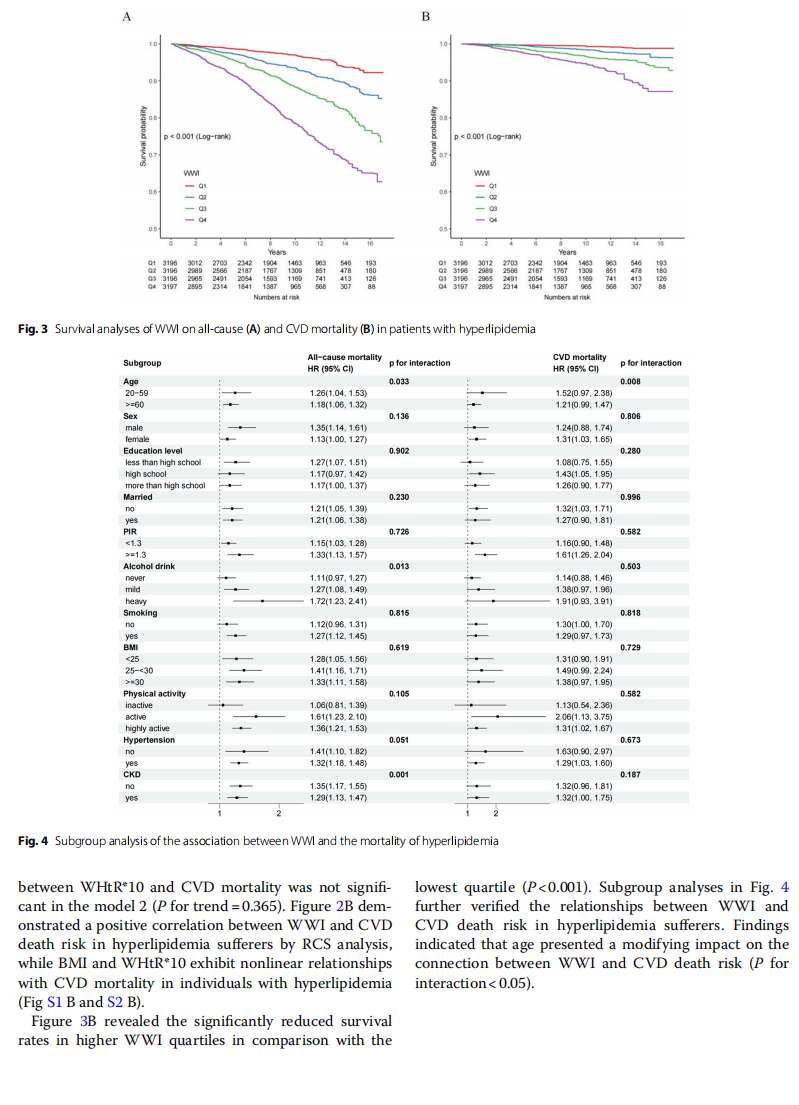
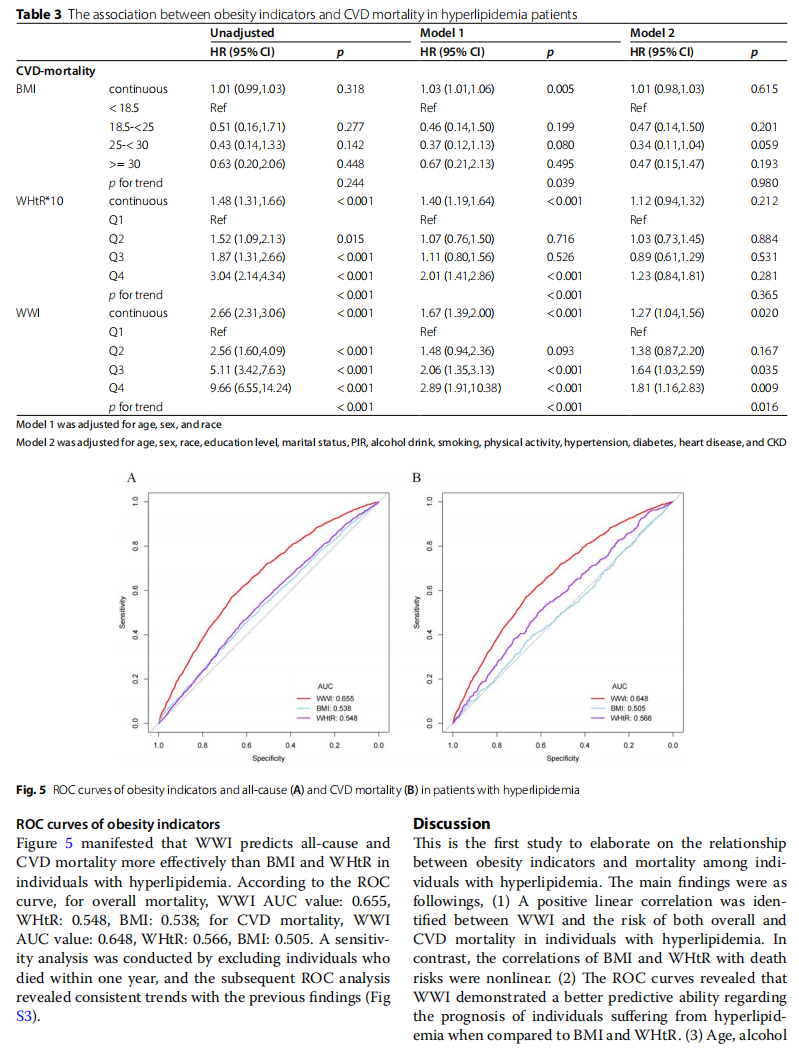
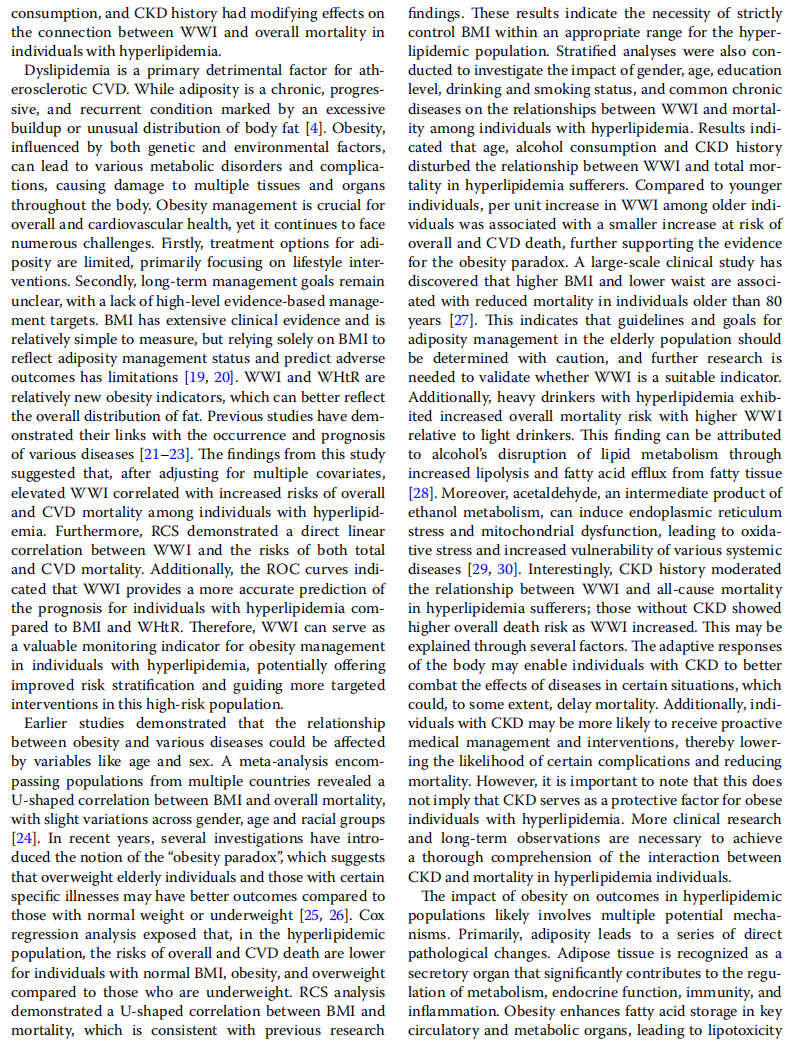
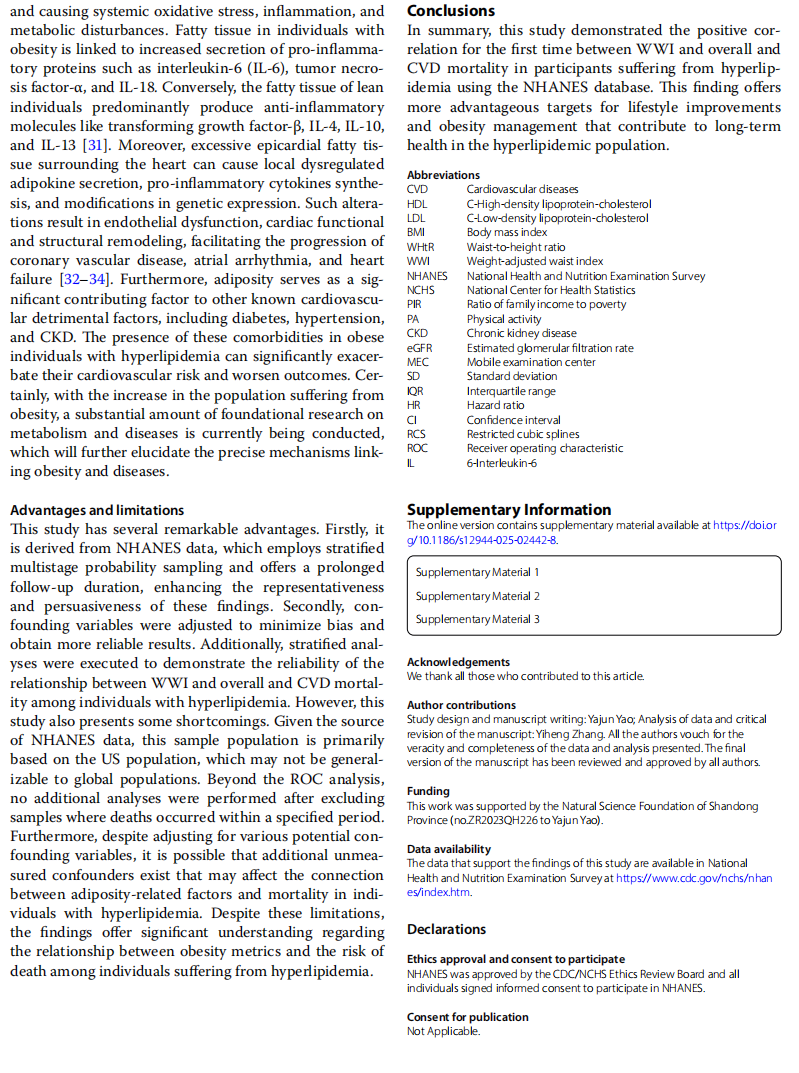
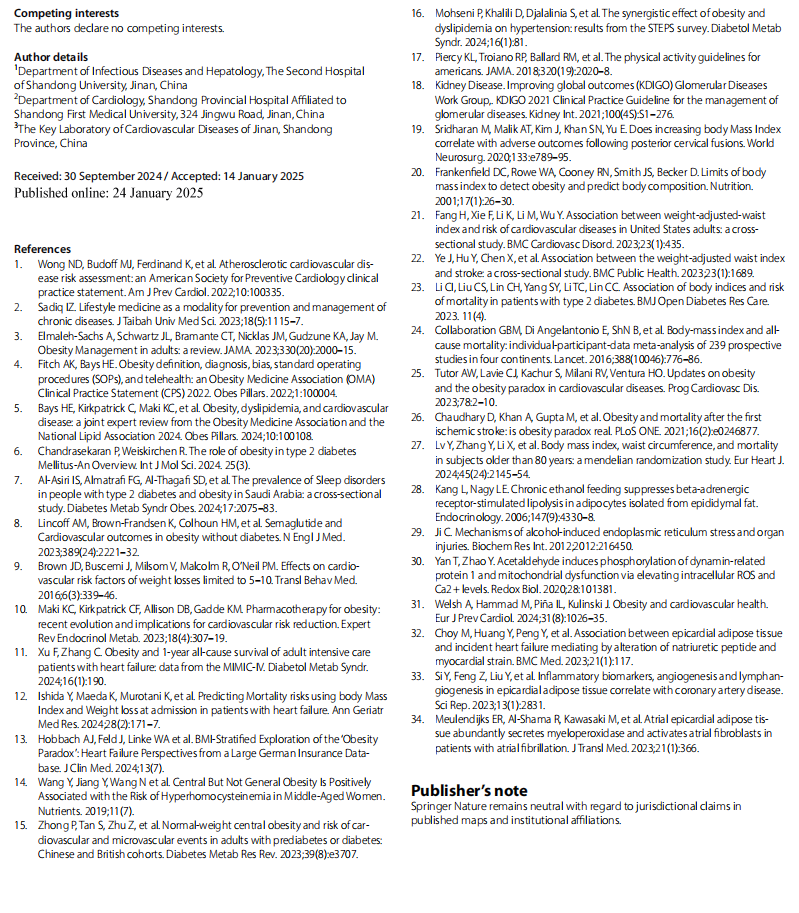
Yiheng Zhang1 and Yajun Yao2,3* *Correspondence: Yajun Yao 该Email地址已收到反垃圾邮件插件保护。要显示它您需要在浏览器中启用JavaScript。 Full list of author information is available at the end of the article
The Author(s) 2025. Open Access This article is licensed under a Creative Commons Attribution-NonCommercial-NoDerivatives 4.0 International License, which permits any non-commercial use, sharing, distribution and reproduction in any medium or format, as long as you give appropriate credit to the original author(s) and the source, provide a link to the Creative Commons licence, and indicate if you modified the licensed material. You do not have permission under this licence to share adapted material derived from this article or parts of it. The images or other third party material in this article are included in the article’s Creative Commons licence, unless indicated otherwise in a credit line to the material. If material is not included in the article’s Creative Commons licence and your intended use is not permitted by statutory regulation or exceeds the permitted use, you will need to obtain permission directly from the copyright holder. To view a copy of this licence, visit http://creati vecommons.org/licenses/by-nc-nd/4.0/
Abstract
Background Obesity is linked to a variety of metabolic issues, with hyperlipidemia being a crucial adjustable risk element for cardiovascular diseases (CVD). However, the connection between indicators of obesity with overall and CVD mortality in American adults with hyperlipidemia remains unknown.
Methods This research employed an extensive cohort drawn from the National Health and Nutrition Examination Survey (NHANES) (2003–2018). Hyperlipidemia was identified through either elevated lipid profiles or self-reported utilization of lipid-reducing medications. Obesity indicators (weight-adjusted waist index (WWI), waist-to-height ratio (WHtR), body mass index (BMI)) were evaluated by physical measurement data. Weighted Cox regression models and restricted cubic splines (RCS) were employed to assess the potential links between obesity indicators and mortality outcomes. Results were further validated through subgroup analyses to ensure robustness and reliability. The receiver operating characteristic (ROC) curve was utilized to evaluate the prognostic capability of obesity indicators for
Results This cohort study included data from 12,785 participants with hyperlipidemia. Over an average follow-up period of 8.4 years, a total of 1,454 deaths were documented, 380 of which were related to heart diseases. Cox analysis manifested that, after adjusting covariates, increased WWI was linked to a higher likelihood of overall and CVD mortality (both P<0.05). RCS analysis illustrated that BMI and WHtR had U-shaped relationships with the overall and CVD mortality. Conversely, a linear positive association was uncovered between WWI and mortality (both P>0.05 for nonlinearity). Age, alcohol consumption and chronic kidney disease had modifying effects on the relationship between WWI and total mortality among those with hyperlipidemia. The area under ROC indicated that WWI was more effective than for BMI and WHtR in predicting overall and CVD deaths.
Conclusions In US adults with hyperlipidemia, the connection between BMI, WHtR, with overall and CVD mortality followed a U-shaped pattern, whereas a positive linear correlation was identified between WWI and mortality. WWI has superior predictive capability for the prognosis of individuals with hyperlipidemia compared to BMI and WHtR. These findings provide new insights and targets for the health management of individuals affected by hyperlipidemia.
Keywords Obesity, Hyperlipidemia, Weight-adjusted waist index, Mortality, NHANES









